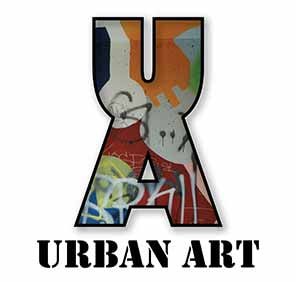I have dyslexia. Although it’s mainly under control, it has been a life-long challenge. I was and still am a slow reader and writer. Under stress or if very tired, I write part of whole words backward. I do this when writing by hand or typing!
I recall my early struggle learning to read. Until third grade, words looked like pieces of black confetti tossed on a white page.

As I learned to read and write, I would flip letters over; b’s and d’s were favorite victims. Often I wrote words with the letters in backward order. For example, the word sad would be written das. I also flipped over numbers which added to my challenges with math. With some words, I was unable to make out one from the other. For example, the words quite and quiet. I still have to think about all of these things.
Fortunately, I attended a grammar school in a district that could afford special reading teachers. At the time, I was teased for being in “dummy class,” which was hard to process as a kid.

Later in life, I worked with a couple of men who had severe dyslexia. I’m guessing, but believe one of them read at second-grade level, while the other couldn’t read at all. Neither of them had the same opportunity of special reading classes as I had. It made me appreciate the reading classes in my youth. I guess “dunny class” wasn’t that bad, after all.
I can’t recall the name of the first reading teacher. Sadly, she was killed in an auto accident during the middle of the school year. Because of her and the teacher that followed her, I succeeded in reading. I wish their names weren’t lost to me.
Learning to read was a slow process. It began with an index card with an opening cut out in the center of the card. It permitted me to see one word at a time. The remainder of the index card blocked out the rest of the text. This simple process was a real breakthrough, as I was not visually distracted by the “black confetti.”

Once I became comfortable reading one word at a time, the size of the opening in the card became longer, permitting me to read 2-3 words at a time.
The real challenge was when the index card no longer had an opening in the center of the card. That was when I began using the top edge of the card to read. I placed it under a line of text and then moved the card downward. I had to learn to block out the black confetti of text that showed above the index card. I remember this was a difficult step in learning to read, but I finally mastered it!
Although I could read and write, school was a challenge. I was slow at reading and writing. I was unable to sound out words. I recently discovered for some people with dyslexia sounding out words is part of their disability. Reading assignments that required a lot of reading over a short period was very difficult for me, as was taking notes during lectures. I got through it with help along the way.
I recall an Art history class in college. I took a class with Dr. Judith Testa at Northern Illinois University. For the first Art History exam, I had studied like the devil and was reasonably confident that I knew the material. The test was an essay. A slide was projected, and we were to correctly identify the painting, the artist, the year it was painted, the genre, and everything we were taught about the artwork and period. I believe we had about five minutes per slide.
When I got the test back, I had failed! During the exam review in class, I had much of the material correct. I spoke with Dr. Testa after class. She commented that she couldn’t read what I had written! Due to stress, I had written all of the small words backward and the beginning of the longer words backward. I was so used to reading my writing! Of course, it was incomprehensible to anyone but me! She was kind to let me read what I had written and graded me accordingly. I have always appreciated Dr. Testa’s kindness in letting me read my answers to her after the remaining tests.
The computer has made a significant difference in my life, but I still may type in the wrong word. Spell check won’t catch it as it is spelled correctly (which is why I have Grammarly!). One of the main features of the computer and dyslexia is that it helps me find the correct spelling of a word. As sounding out words has always been an issue for me, the computer has given me ways to get around that drawback.
Dyslexia is relatively common in the visual arts. I plan to write about dyslexia and the arts in the next month.

